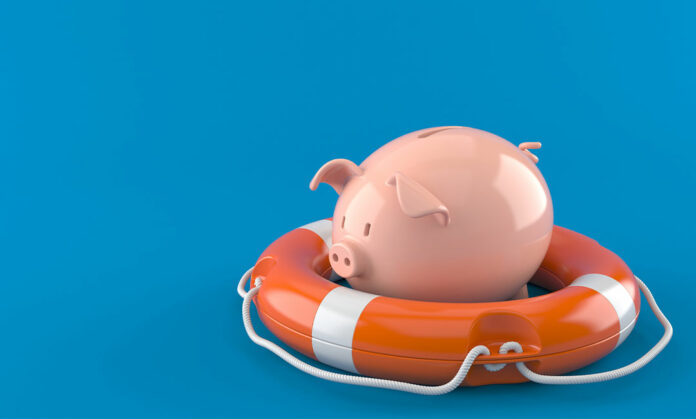Life is unpredictable, and unexpected expenses can arise at any moment, whether it’s a sudden medical bill, car repair, or home maintenance issue. Having a robust emergency fund is a financial safety net that can help you weather these unforeseen challenges without derailing your financial stability. The peace of mind that comes with knowing you have a financial safety net can empower you to face life’s uncertainties with confidence. Start small, stay consistent, and watch as your emergency fund becomes a powerful tool for financial security and peace of mind. Remember, it’s never too late to begin building your emergency fund, and the benefits will extend far beyond your finances.
What is an Emergency Fund & Why is it Important?
An emergency fund is a dedicated pool of money set aside to cover unforeseen expenses and financial emergencies. This fund acts as a financial cushion, offering peace of mind and protection against the stress that can accompany unexpected financial setbacks. It provides you with the means to address urgent needs without resorting to high-interest loans, credit cards, or tapping into long-term savings.
Protection Against the Unexpected
Life is full of surprises, and not all of them are pleasant. Whether it’s a sudden job loss, medical emergency, or unexpected home repair, having an emergency fund can make a significant difference in your ability to navigate these challenges. Without a financial safety net, individuals may find themselves in a precarious situation, relying on debt to cover essential expenses.
Peace of Mind & Reducing Future Financial Stress
The security provided by an emergency fund extends beyond the financial realm; it also contributes to your mental well-being. Knowing that you have a financial cushion in place can alleviate stress and anxiety, allowing you to focus on other aspects of your life. This peace of mind is invaluable and can positively impact your overall quality of life.
Determining Your Emergency Fund Goal
The amount you need in your emergency fund depends on various factors, including your monthly expenses, lifestyle, and individual circumstances. Financial experts often recommend saving three to six months’ worth of living expenses, but this can vary. Consider factors such as your job stability, the number of dependents, and any specific financial obligations when determining your target amount.
Getting Started: Building Your Emergency Fund Step-By-Step
Now that you understand the importance of having an emergency fund, let’s discuss practical steps to build one:
1. Set a Realistic Goal
Evaluate your monthly expenses, including rent or mortgage, utilities, groceries, insurance, and any debt payments. Multiply this amount by the number of months you aim to cover (e.g., three to six months) to determine your target savings goal.
2. Create a Budget
Establish a budget to track your income and expenses. Identify areas where you can cut back and allocate the saved funds to your emergency fund. This could involve reducing discretionary spending or finding more cost-effective alternatives for certain expenses.
3. Automate Savings
Set up automatic transfers to your emergency fund each month. Treating your emergency fund as a non-negotiable expense helps ensure consistent contributions, even if they are small initially.
4. Use Windfalls Wisely
Redirect unexpected windfalls, such as tax refunds, work bonuses, or monetary gifts, toward your emergency fund. This accelerates your savings progress without impacting your regular budget.
5. Build Gradually
Building an emergency fund doesn’t happen overnight. Be patient and focus on consistent, gradual contributions. Celebrate milestones along the way to stay motivated.
6. Prioritize High-Interest Debt
If you have high-interest debt, consider addressing it simultaneously with building your emergency fund. Striking a balance between the two can help you save on interest payments while still building financial security.
Updating & Maintaining Your Emergency Fund
Once you’ve reached your initial savings goal, don’t consider your emergency fund a one-time accomplishment. Life circumstances change, and so should your emergency fund. Regularly reassess your financial situation, taking into account changes in income, expenses, and family dynamics. Adjust your emergency fund goal accordingly to ensure it remains a reliable safety net.
The post Emergency Funds: Why You Need One and How to Build It appeared first on Cartageous.









